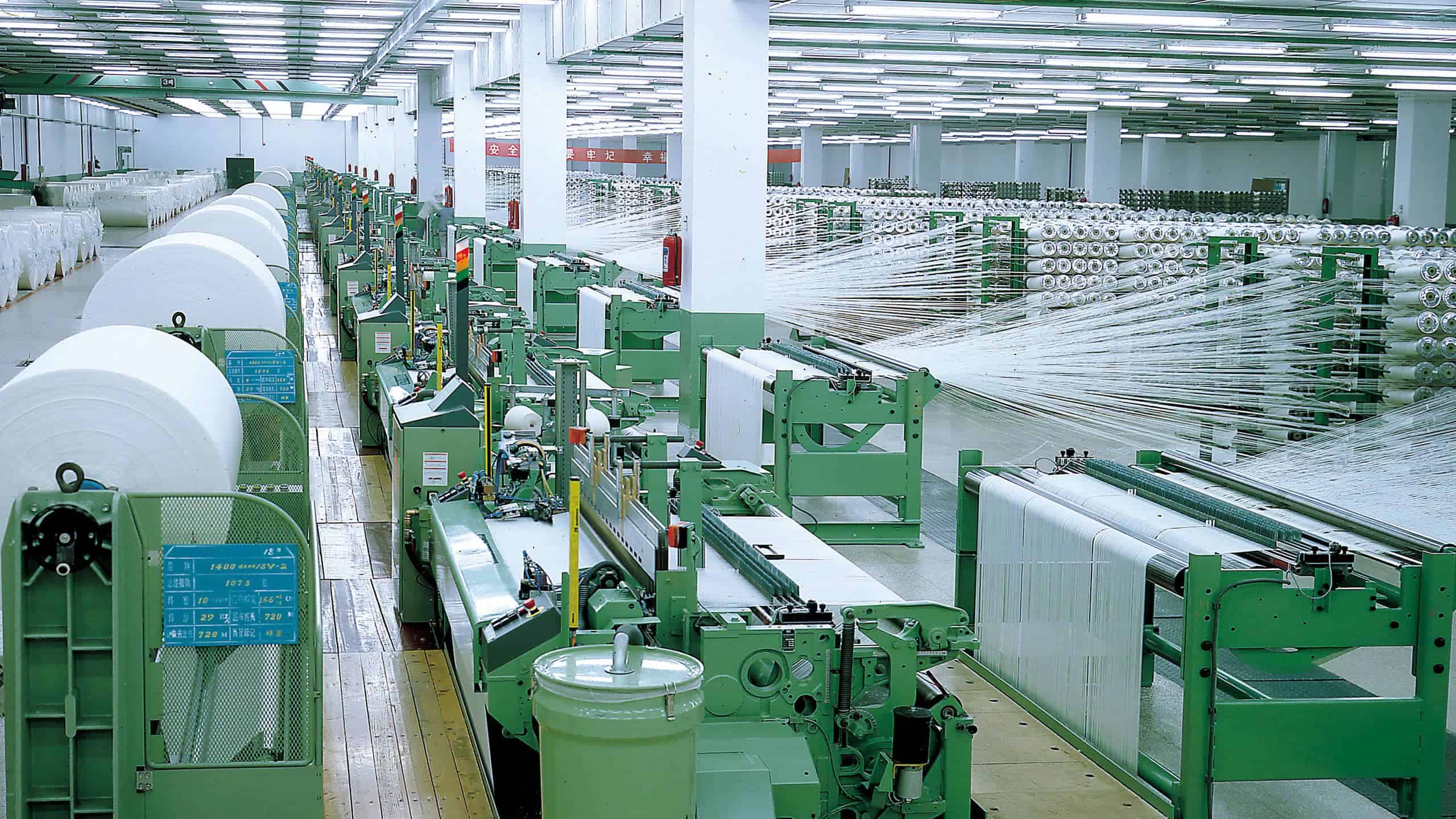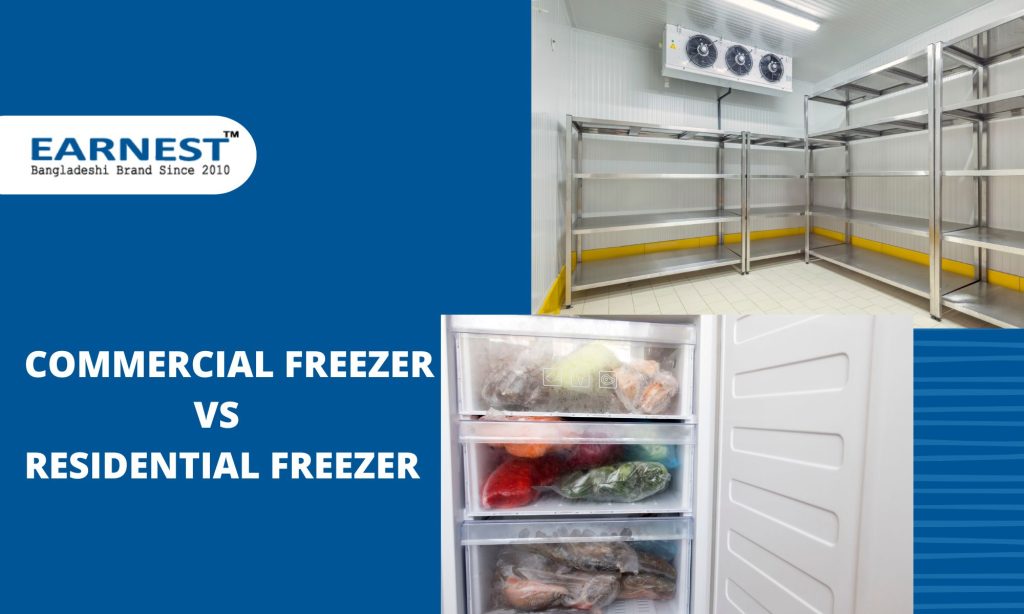While humidity is an essential factor for survival, it sometimes comes with massive adverse effects on textiles. Changes in the amount of moisture directly affect the quality and properties of a textile. Besides, it can harm staff and negatively affect your machinery.
Textile absorbs moisture during the manufacture and packaging, leading to mildew, mold, and foul odor. That’s why the entire process must be done in a moisture-controlled environment. That means garment manufacturers are transporter need to invest in highly functional dehumidifiers. While advancing to the leading position of the global textile industry, the adaptation of smart technology like the use of an industrial dehumidifier in Bangladesh is increasing day by day.
Why use Dehumidifiers in the Textile Industry of Bangladesh
To effectively control humidity, an industrial humidification system is needed. There are lots of these systems in the market—however, it’s only the right system that can give the best results.
Relative humidity is the measure of air humidity. It means the amount of water in the air compared to the maximum amount of water that air can hold at the same temperature.
Why humidify?
Garments absorb and release moisture depending on the surrounding air’s relative humidity. Therefore, a drier atmosphere than the textile’s equilibrium relative humidity causes the textile to lose its moisture to the surrounding air. Conversely, very humid air encourages the textile to absorb more humidity.
The moisture gain-lose process is inescapable as it occurs across the entire spectrum of the garments, from the initial process to the consumer’s final use.
Effects of uncontrolled humidity on textile
The changes in humidity directly affect the properties of a textile. The properties affected mostly include:
- Tensile strength
- Textile elasticity
- Fiber diameter
- Textile friction
If the surrounding drops’ relative humidity goes beyond the required equilibrium, the resulting textile may be thinner, less elastic, and weaker. That only means you get a brittle fabric.
Does this have an effect?
Product Weight: A low relative humidity leads to a drop in the weight of the garment. Companies sell textile yarns in terms of weight. A weight reduction is a loss to the company because it has to work extra hard to produce more textile.
Yarn quality: A fluctuation in moisture levels affects the quality of the textile.
Weaving Efficiency: A drop in humidity causes the textile to be brittle. So, the textile is likely to break as you weave, resulting in an unstable fabric. On the other hand, very high humidity causes materials like cotton to clamp up, making it impossible to weave.
Ideal Humidity Level
The required humidity level varies with the type of textile. The standard textile includes wool, cotton, silk, and artificial silk.
- Cotton: this is a highly brittle material. Therefore, it should be produced at a humidity level of 70-80%. Keeping the relative humidity at this level confers flexibility throughout all production stages regardless of plant form or threading stage.
- Wool: wool is much more resistant than cotton; thus, it can work well with a lower relative humidity – 65% humidity level. However, note that wool is similar to cotton in terms of its susceptibility to dry air.
- Human-made fibers: 45% humidity level is an ideal level for man-made fibers as they are prone to static electricity, which causes or increases electrical resistance. However, for silk, relative humidity ranging from 65% and 70% is ideal. By contrast, artificial silk needs a slightly higher amount of humidity, at 85%.
Choosing the right dehumidifiers for the Textile industry
Dehumidified air can lead to the production of textiles with the right properties. For instance, when air has properly dehumidified, the growth of fungus, mold, mildew, and nasty odors reduces to an acceptable level. Similarly, packaging textile in a moisture-controlled reduces the destruction of garments.
How do you achieve proper dehumidification?
The principal role of dehumidification is to have the right relative humidity for your textile. The process begins by placing your textiles in a dry room, i.e., a room that has undergone dehumidification. The relative humidity level should be 35 ± 5% relative humidity and at a temperature slightly higher than the ambient temperature. This allows the surface moisture from the item to evaporate. The textiles should stay in the dehumidified room for between 4 and 5 hours.
Similarly, the packing room should be at a relative humidity of 35 ± 5% and ambient temperature. Pack the dried garments in this packing room. For people working in the parking room, use a suitable cooling capacity of an air conditioner.






